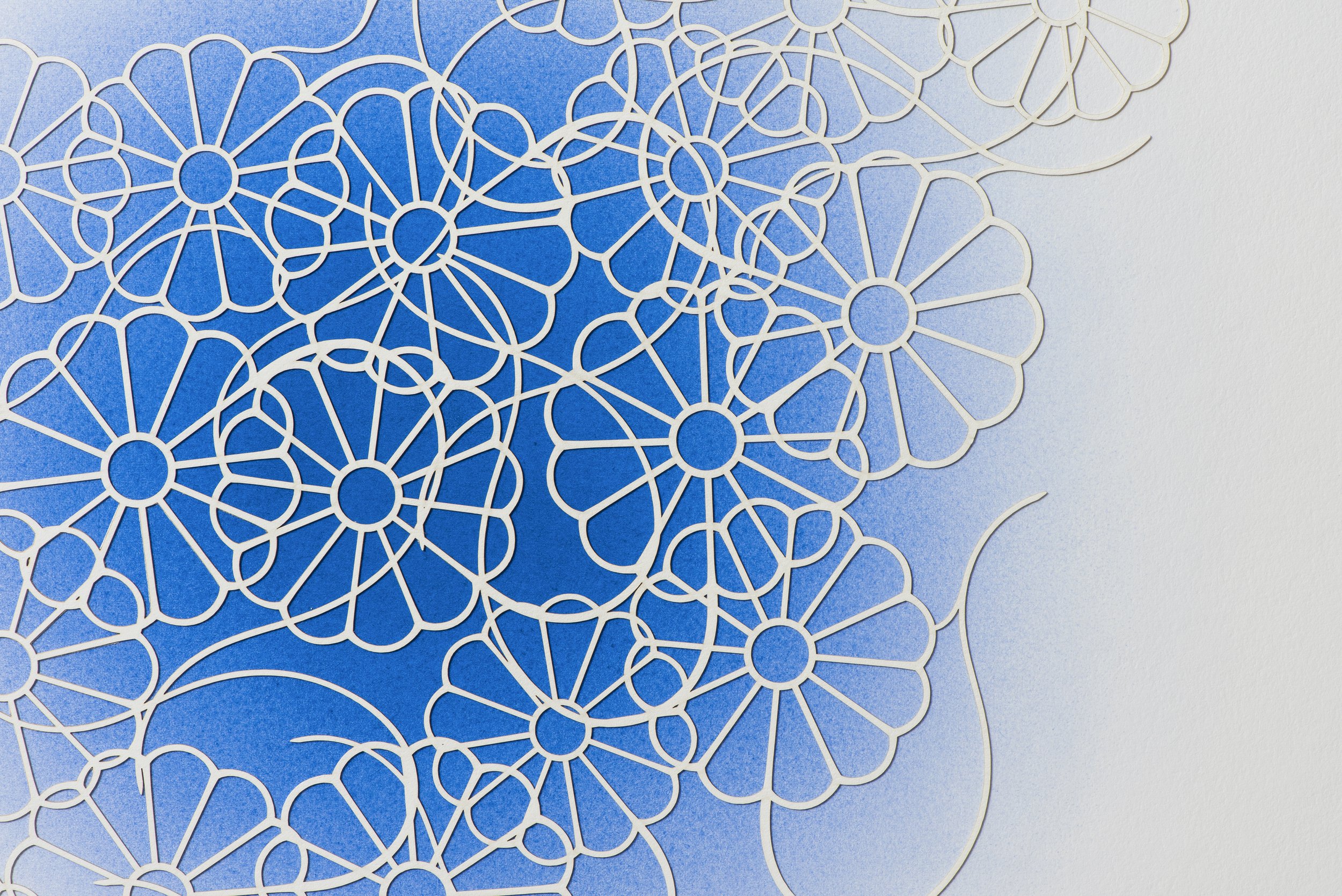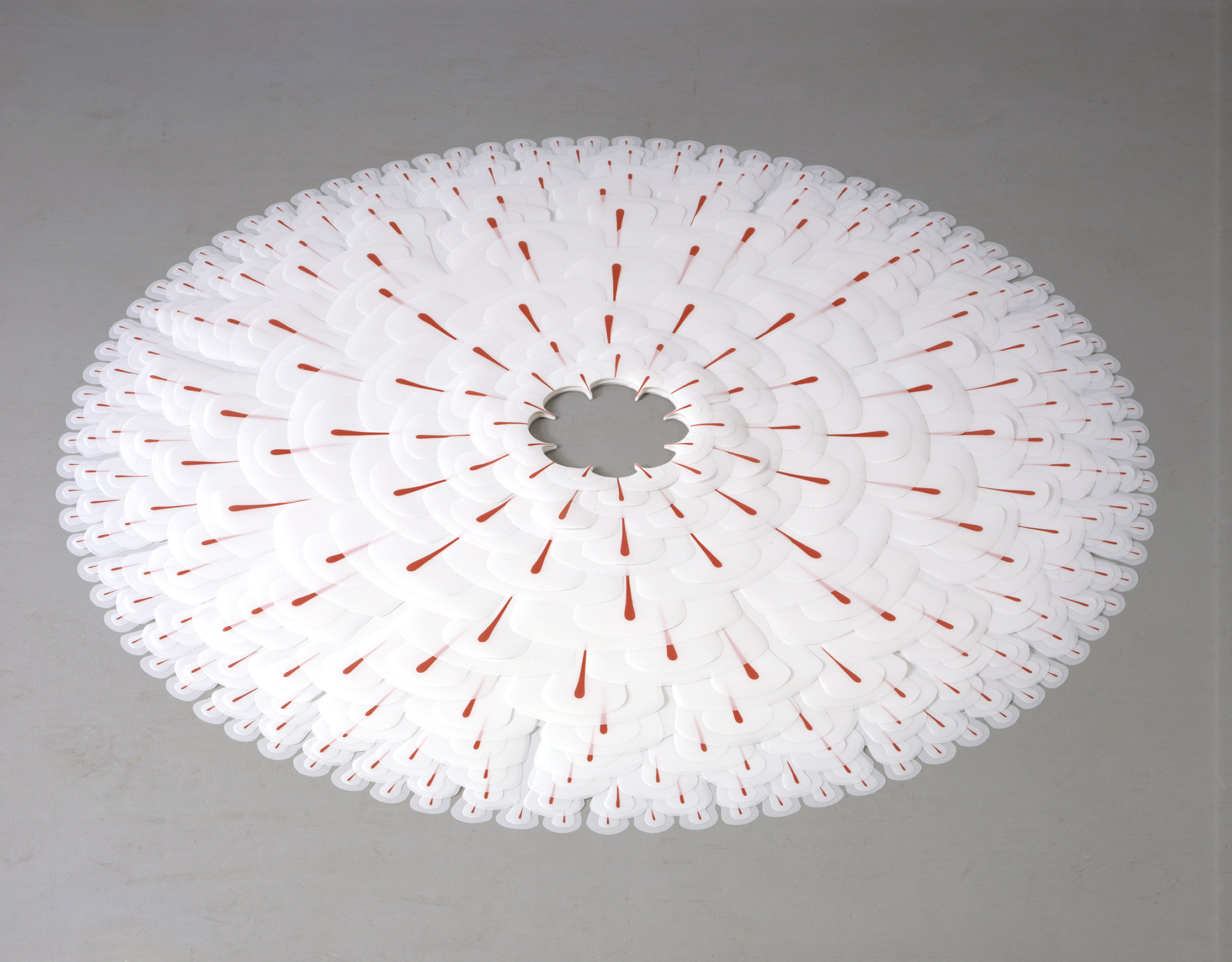imi hwangbo
Imi Hwangbo received her B.A. in Studio Art from Dartmouth College. She received her M.F.A. in Sculpture from Stanford University, where she studied with Nathan Oliveira. Ms. Hwangbo has been the recipient of numerous international artist fellowships, with residencies at the American Academy in Rome, the Camargo Foundation in France, and Duncan of Jordanstone College of Art in Scotland. Within the United States, she has been an artist-in-residence at Yaddo, the MacDowell Colony, and the Bemis Center for Contemporary Art.
Ms. Hwangbo’s work has been acquired by major corporations including Fidelity Investments, the Dana Farber Cancer Institute, and the Peninsula Hotel in Hong Kong. Her work in constructed drawing has been exhibited in solo shows at the Volta Art Fair and the Pavel Zoubok Gallery in New York City, and the Miller Yezerski Gallery in Boston. She has shown her work in two-person and group shows at the David Winton Bell Gallery of Brown University, the International Print Center New York, the Weatherspoon Art Museum, and the Atlanta Contemporary Art Center. Articles and reviews of her work have appeared in The Huffington Post, Art in America, Sculpture Magazine, The Boston Globe, the Washington Post, and the Atlanta Journal-Constitution. She is a professor of art at the University of Georgia.
Her current work explores the notion of constructed drawings. The pieces are fabricated with translucent mylar that is colored, cut in elaborate patterns, and layered in such quantity that sculptural forms are created. Her imagery is based on the ornamentation of Buddhist temple doors and Korean decorative arts. In her work, these traditional patterns are reconfigured and expanded into space. Light is used a medium to convey the image, with patterns gaining depth through the translucent layering of light and shadow. As art critic Lilly Wei has written: “Hwangbo’s geometric motifs and lacy botanicals are related to traditional designs, filtered through a modernist syntax of diamonds, circles, and squares configured as infinitely expandable systems in which solids and voids are similarly important and mind and dream intertwine.”








